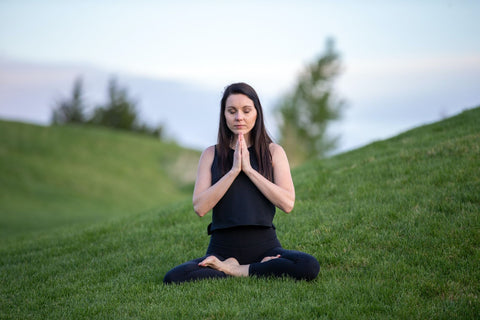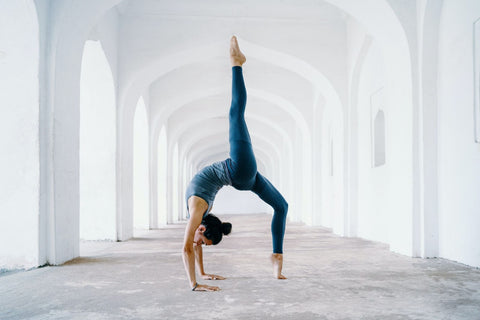My students constantly ask me what they should do after a yoga class. Even though I’m a yoga instructor and also a yoga student, this question is one that I have even pondered myself. No matter the style of yoga that you practice, you may be surprised that the actual physical postures in your yoga class, or the asana, are only one small part of the traditional yoga philosophy.

For many people, this information isn’t really important. They just love the way that their body and mind feel after a good yoga class and that is perfectly okay! However, for those who have always been curious, but may not want to take on a 200 hour teacher training abroad, there’s far more to learn than foundational yoga poses and other yoga positions.
The physical poses, or asanas, in your yoga class are only one part of the Eight Limb Path (which I could go on and on about, but I’m trying to keep it somewhat short). Basically, the Eight Limb Path is a framework for the foundations of yoga that were practiced thousands of years ago in India. Finally, it was written around 200AD, in Pantajali’s Yoga Sutras. This is an art that was used to create a union between the body, mind and spirit, allowing practitioners to live a balanced life so they could live in peace, control the minds restlessness and live in happiness and health.

Yogi’s developed and invented these yoga postures (asanas) to help rid the body of toxins, poisons and any other imbalances that have formed in the body. The original goal of a traditional yoga practice was to actually forget the body’s consciousness so that the yogi could meditate and experience their desired dharma. It is said that when the vertebras in your spine are aligned, your mind will be free to concentrate and meditate more effectively. As time went on, the additional health and physical benefits of yoga were soon realized and the practice began to spread to the masses.
The benefits and lessons learned on the mat are so much more that just trying to nail that perfect Instagram yoga pose or stand on your head. If you choose to listen to the lessons your yoga practice is trying to teach you, you may find that you can develop more patience, persistence, strength (physically and mentally), and a calmness that can only come from an amazing savasana at the end of an equally amazing yoga class.

So, what should you do after a yoga class? If you have a meditation practice or are interested in starting one, after a yoga class would be an excellent time to tap into that type of energy. But, the short answer is truly do what makes you happy.
Whatever you decide to do after class, try to allow the lessons that you learn on your mat to carry with you into your everyday life. Use the same techniques you use to help you get through your yoga practice to help you take on any challenges or obstacles that the world may throw at you. Handle these challenges with the same strength, confidence and patience that you use to grow your practice on your mat and, of course, don’t forget to enjoy the journey.
About the Author

June has been teaching yoga since 2015 and has taken multiple training of various styles of yoga. She is been formally trained in Hatha, Vinyasa, Yin and even SUP (stand up paddle board). June has taught yoga in New Mexico, Hawaii and Texas and, in 2019, recently got her Group Fitness Certification from AFAA (Athletics and Fitness Association of America).






